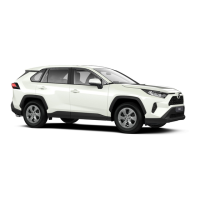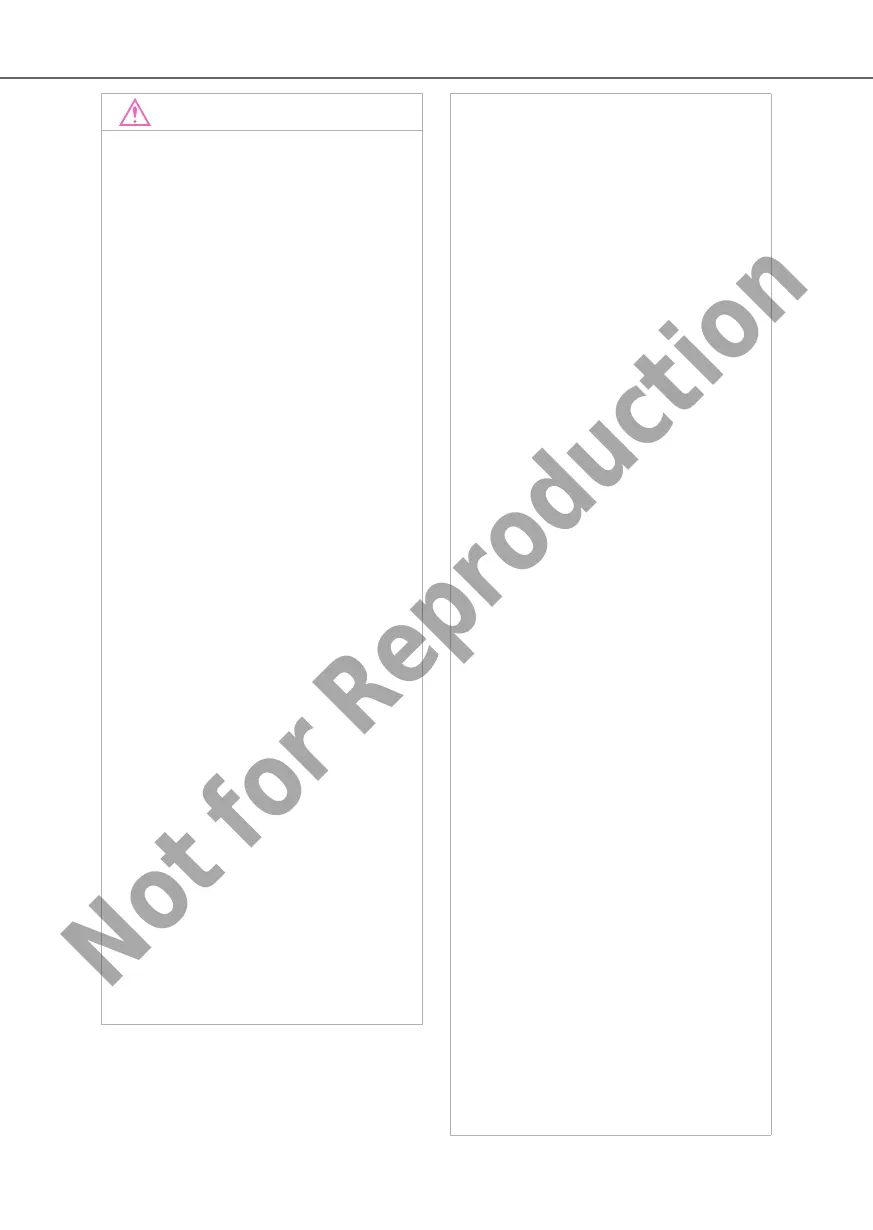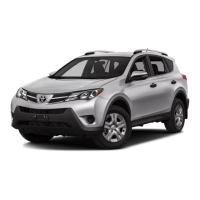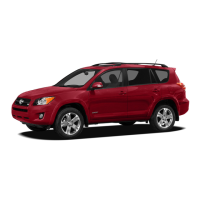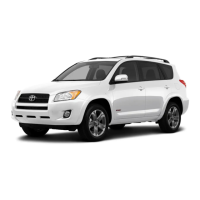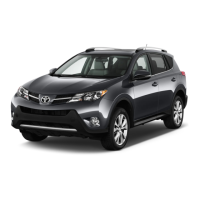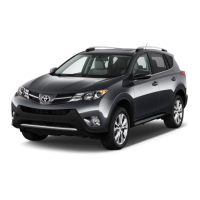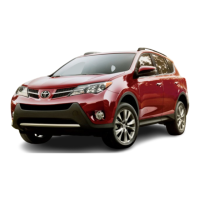138
4-1. Before driving
■ When driving the vehicle (vehi-
cles with automatic transmission
or CVT)
● Do not depress the accelerator and
brake pedals at the same time
during driving, as this may restrain
the engine output.
● Do not use the accelerator pedal or
depress the accelerator and brake
pedals at the same time to hold the
vehicle on a hill.
■ When driving the vehicle (vehi-
cles with manual transmission)
● Do not depress the accelerator and
brake pedals at the same time
during driving, as this may restrain
the engine output.
● Do not shift gears unless the clutch
pedal is fully depressed. After shift-
ing, do not release the clutch pedal
abruptly. Doing so may damage the
clutch, transmission and gears.
● Observe the following to prevent
the clutch from being damaged.
• Do not rest your foot on the clutch
pedal while driving.
Doing so may cause clutch trouble.
• Do not use any gears other than the
1st gear when starting off and mov-
ing forward.
Doing so may damage the clutch.
• Do not use the clutch to hold the
vehicle when stopping on an uphill
grade.
Doing so may damage the clutch.
● Do not shift the shift lever to R with-
out the vehicle completely stopped.
Doing so may damage the clutch,
transmission and gears.
■ Avoiding damage to vehicle parts
● Do not turn the steering wheel fully
in either direction and hold it there
for an extended period of time.
Doing so may damage the power
steering motor.
● When driving over bumps in the
road, drive as slowly as possible to
avoid damaging the wheels, under-
side of the vehicle, etc.
■ If you get a flat tire while driving
A flat or damaged tire may cause the
following situations.
● It may be difficult to control your
vehicle.
● The vehicle will make abnormal
sounds or vibrations.
● The vehicle will lean abnormally.
Hold the steering wheel firmly and
gradually depress the brake pedal to
slow down the vehicle. Information on
what to do in case of a flat tire
(P.378)
■ When encountering flooded
roads
Do not drive on a road that has
flooded after heavy rain, etc. Doing so
may cause the following serious dam-
age to the vehicle:
● Engine stalling
● Short in electrical components
● Engine damage caused by water
immersion
In the event that you drive on a
flooded road and the vehicle is
flooded, be sure to have your Toyota
dealer check the following:
● Brake function
● Changes in quantity and quality of
oil and fluid used for the engine,
transaxle, transfer (AWD vehicles),
rear differential (AWD vehicles),
etc.
